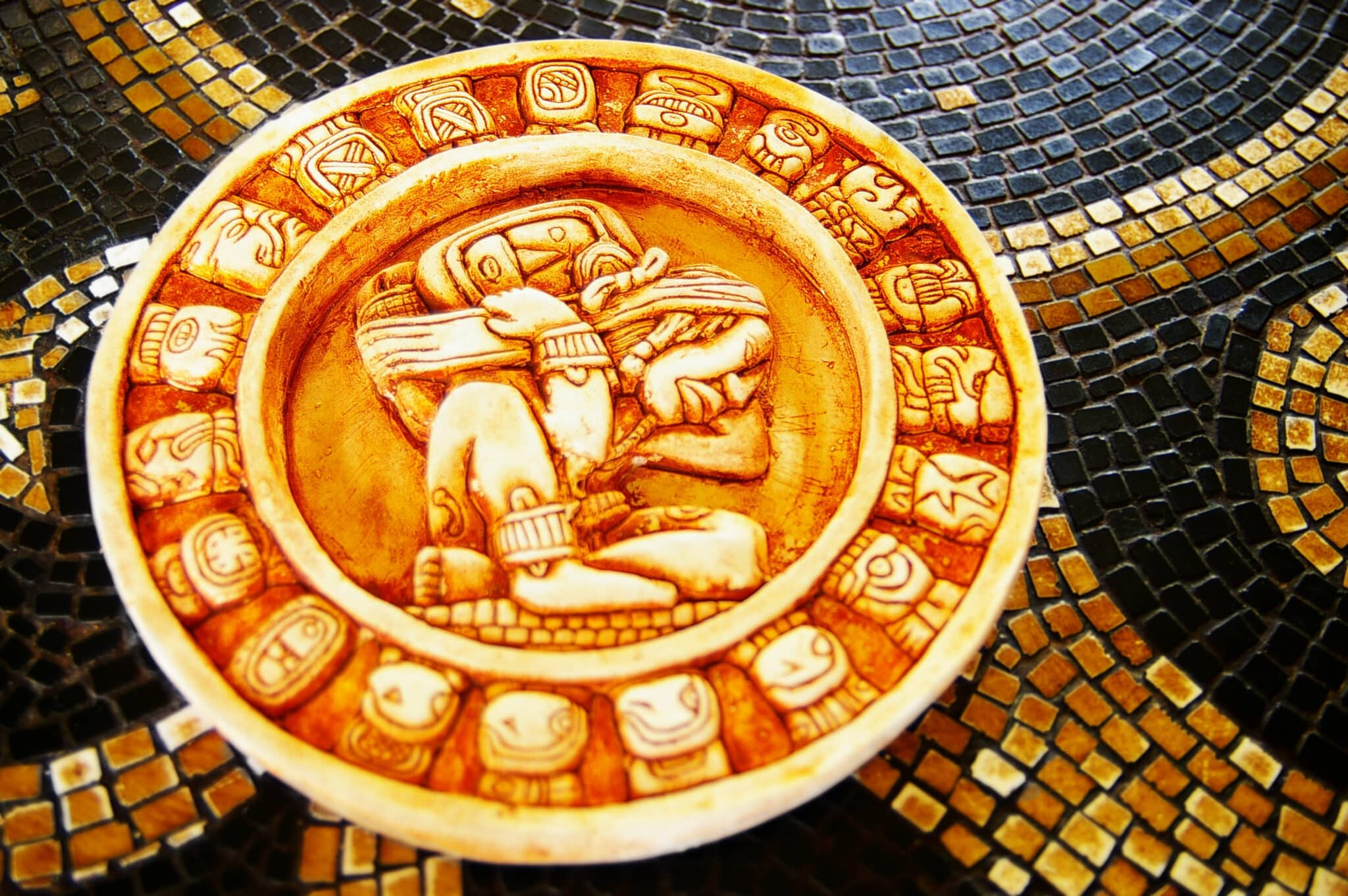Posted for fair use.....

 www.spacechatter.com
www.spacechatter.com
COSMIC PHENOMENA, PLANETS & STARS
 by Space Chatter Wire
by Space Chatter Wire
Among the most intriguing mysteries of our time is the 819-day calendar used by the ancient Maya civilization. A puzzle that baffled scientists near and far for many years, anthropologists from Tulane University may have finally cracked its secrets.
For a long time, researchers suspected that the Maya calendar followed astronomical events, specifically the movement of planets in the night sky as seen from Earth, known as the “synodic periods” of planets. The synodic period is the time it takes for a planet to appear in the same place in the night sky when observed from Earth.
However, according to a study published in Ancient Mesoamerica, the cycles in the Maya calendar cover a much larger timeframe than scholars previously thought. Anthropologists John Linden and Victoria Bricker found that by increasing the calendar length to 20 periods of 819 days, a pattern emerges that matches the synodic periods of all visible planets, which include Mercury, Venus, Mars, Jupiter, and Saturn.
Before this discovery, researchers thought the calendar referred to four cycles of 819 days, but that time span didn’t line up well with the synodic periods of all the planets that can be seen with the naked eye. It turns out it takes 20 cycles of 819 days, which is about 45 years, for the calendar to align with the synodic periods of all visible planets.
Within these 20 cycles, each planet goes through some number of synodic periods a whole number of times: Mercury every cycle, Venus every 5 cycles, Saturn every 6 cycles, Jupiter every 19 cycles, and Mars every 20 cycles. While each synodic period is less than 819 days, only Mercury has a synodic period that happens a whole number of times within a single cycle. By combining the cycles, it becomes possible to predict the placement of the planets in the sky.
Linden and Bricker suggest that this knowledge is also connected to important dates and celebrations in the ancient Maya culture. They wrote, “Rather than limit their focus to any one planet, the Maya astronomers who created the 819-day count envisioned it as a larger calendar system that could be used for predictions of all the visible planet’s synodic periods.”
This research is crucial for understanding how the ancient Maya studied astronomy and is part of a decades-long quest to comprehend the complexity of ancient Maya calendars. By unraveling the mystery behind the 819-day calendar, anthropologists have gained valuable insights into the astronomical knowledge and practices of the ancient Maya civilization. This discovery also highlights the advanced understanding the Maya had of the night sky, and how they used that knowledge to create a sophisticated calendar system that not only tracked time but also allowed them to predict the positions of the visible planets in the sky.

Maya Calendar Mystery Solved? Scientists Say They've Cracked Its Ancient Code
Among the most intriguing mysteries of our time is the 819-day calendar used by the ancient Maya civilization. Among the most intriguing mysteries of our time is the 819-day calendar used by the ancient Maya civilization.
 www.spacechatter.com
www.spacechatter.com
COSMIC PHENOMENA, PLANETS & STARS
Maya Calendar Mystery Solved? Scientists Say They’ve Cracked Its Ancient Code
APRIL 28, 2023Among the most intriguing mysteries of our time is the 819-day calendar used by the ancient Maya civilization. A puzzle that baffled scientists near and far for many years, anthropologists from Tulane University may have finally cracked its secrets.
For a long time, researchers suspected that the Maya calendar followed astronomical events, specifically the movement of planets in the night sky as seen from Earth, known as the “synodic periods” of planets. The synodic period is the time it takes for a planet to appear in the same place in the night sky when observed from Earth.
However, according to a study published in Ancient Mesoamerica, the cycles in the Maya calendar cover a much larger timeframe than scholars previously thought. Anthropologists John Linden and Victoria Bricker found that by increasing the calendar length to 20 periods of 819 days, a pattern emerges that matches the synodic periods of all visible planets, which include Mercury, Venus, Mars, Jupiter, and Saturn.
Before this discovery, researchers thought the calendar referred to four cycles of 819 days, but that time span didn’t line up well with the synodic periods of all the planets that can be seen with the naked eye. It turns out it takes 20 cycles of 819 days, which is about 45 years, for the calendar to align with the synodic periods of all visible planets.
Within these 20 cycles, each planet goes through some number of synodic periods a whole number of times: Mercury every cycle, Venus every 5 cycles, Saturn every 6 cycles, Jupiter every 19 cycles, and Mars every 20 cycles. While each synodic period is less than 819 days, only Mercury has a synodic period that happens a whole number of times within a single cycle. By combining the cycles, it becomes possible to predict the placement of the planets in the sky.
Linden and Bricker suggest that this knowledge is also connected to important dates and celebrations in the ancient Maya culture. They wrote, “Rather than limit their focus to any one planet, the Maya astronomers who created the 819-day count envisioned it as a larger calendar system that could be used for predictions of all the visible planet’s synodic periods.”
This research is crucial for understanding how the ancient Maya studied astronomy and is part of a decades-long quest to comprehend the complexity of ancient Maya calendars. By unraveling the mystery behind the 819-day calendar, anthropologists have gained valuable insights into the astronomical knowledge and practices of the ancient Maya civilization. This discovery also highlights the advanced understanding the Maya had of the night sky, and how they used that knowledge to create a sophisticated calendar system that not only tracked time but also allowed them to predict the positions of the visible planets in the sky.

